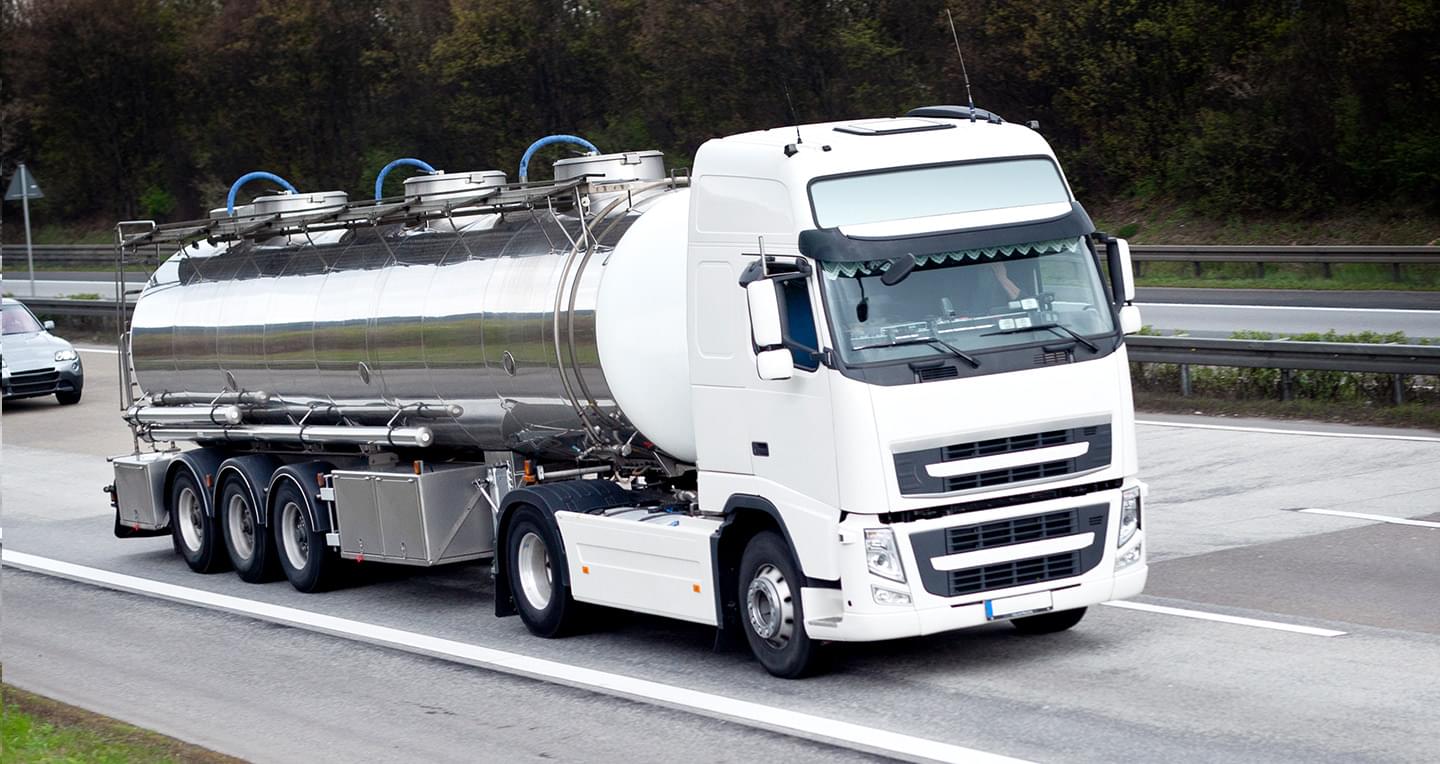Transportation
Hazmat Haulers Embrace a Cleaner Future
Electric vehicles, AI, and sustainable packaging are transforming hazardous materials logistics.

Electric vehicles, AI, and sustainable packaging are transforming hazardous materials logistics.
In an industry once defined by diesel exhaust and rigid regulation, hazardous materials hauliers are undergoing a quiet but meaningful transformation. What began as scattered pilot projects has evolved into a national movement, with companies adopting electric trucks, AI-powered routing, and eco-friendly packaging to cut emissions, streamline operations, and meet growing compliance demands.
The shift isn’t just about going green, it’s about staying competitive. With tightening emissions regulations and rising pressure from sustainability-conscious clients, carriers are realizing that cleaner operations can mean better business. “This goes beyond meeting standards. It’s a strategic advantage,” said one logistics analyst. Environmental performance has become a core factor in vendor selection.
The impact is visible across major markets. In states like California and New York, electric hazmat fleets are now navigating urban corridors with help from AI-based route optimization. These systems reduce idle time and fuel use while helping fleets meet local clean-air mandates, and improve delivery efficiency along the way.
Packaging, too, is getting a rethink. Lighter, recyclable, and reusable materials are increasingly being used not just for their environmental benefits, but for their impact on the bottom line. Leaner shipments mean lower fuel costs, fewer fines, and stronger sustainability credentials.
Challenges remain, particularly for smaller operators. Electric hazmat trucks carry a steep price tag, and the current charging infrastructure remains uneven. Without clear policy incentives or client-driven mandates, many companies remain hesitant to commit.
Still, momentum is building. State and federal programs are expanding, and major industrial clients are starting to include emissions performance in logistics contracts. Carbon tracking is moving from optional to essential, reshaping how hauliers position themselves in the market.
The result is a sector shifting from reactive compliance to proactive innovation. Hazmat carriers, once seen as slow to adapt, are emerging as leaders in the transition to cleaner logistics. As costs fall and expectations rise, the message is clear: adapt to a greener future, or risk falling behind.
Stay Updated with Global Summits
Join our mailing list to receive the latest news
and updates on our upcoming events, ensuring you never miss an
opportunity to connect and collaborate with industry leaders.
